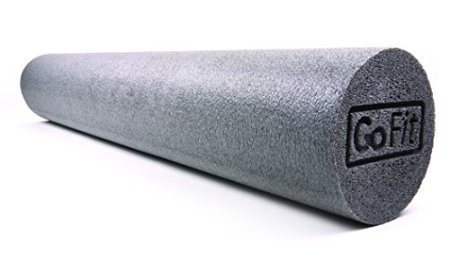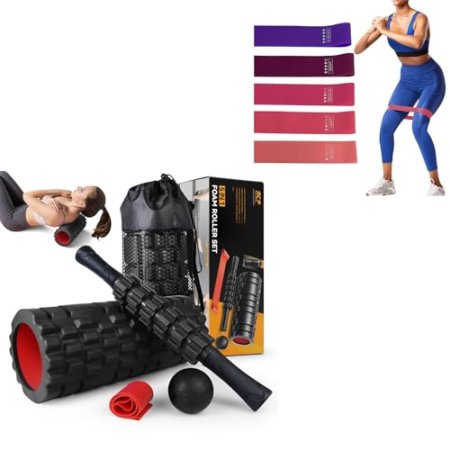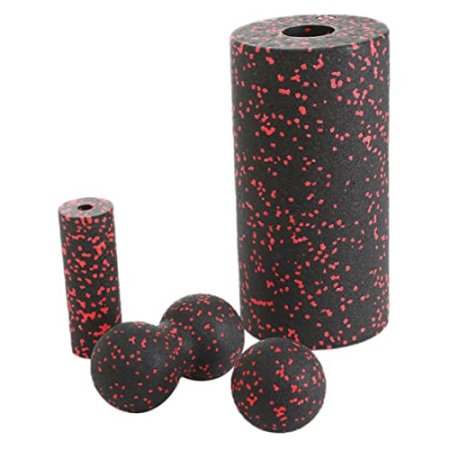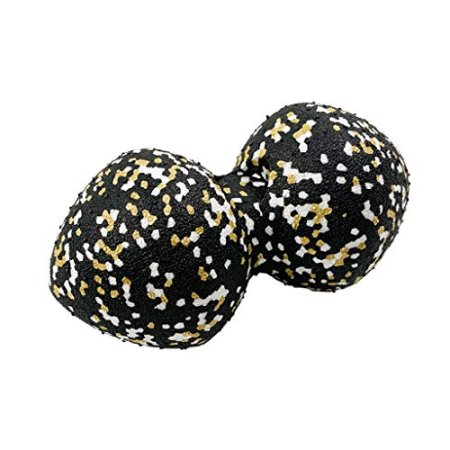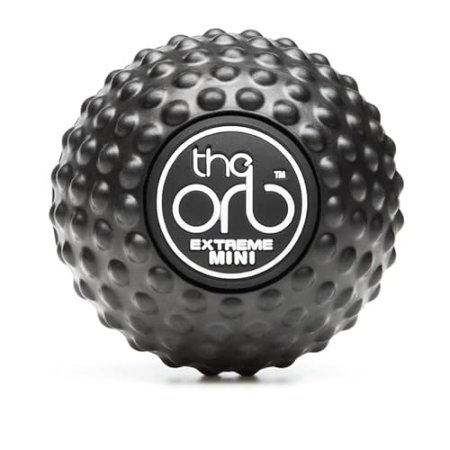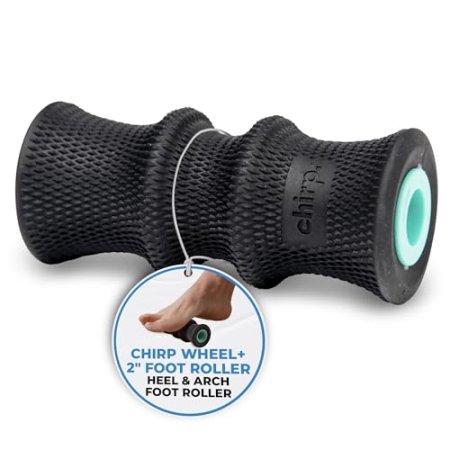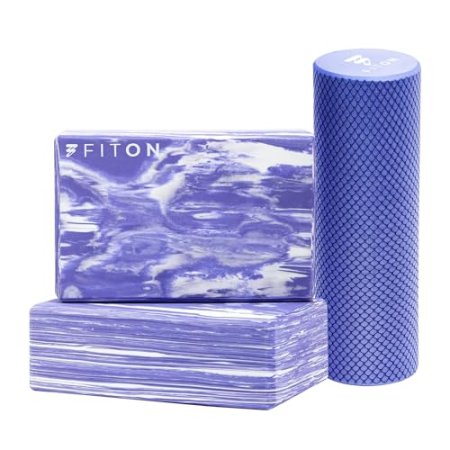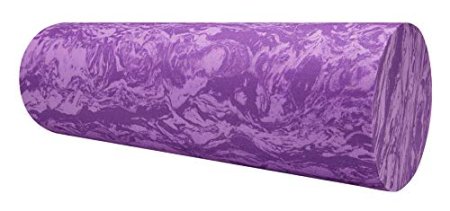Foam Rollers: The Ultimate Guide to Recovery and Performance
Introduction to Foam Rollers
What is a Foam Roller?
A foam roller is a cylindrical tool made from foam, designed to help with muscle recovery and flexibility. By applying pressure to various muscle groups, foam rollers aid in releasing tension and improving circulation. They are popular among athletes, fitness enthusiasts, and anyone looking to alleviate muscle soreness or improve mobility.
History and Evolution of Foam Rollers
Foam rollers originated from physical therapy practices where they were used to help patients with rehabilitation. Over time, their use expanded into the fitness world as athletes and fitness enthusiasts recognized their benefits for improving performance and aiding recovery. Today, foam rollers come in various shapes, sizes, and textures, each offering unique benefits.
Benefits of Using Foam Rollers
Enhanced Muscle Recovery
One of the primary benefits of foam rolling is enhanced muscle recovery. By applying pressure to sore muscles, foam rollers help increase blood flow and promote faster healing. This can reduce recovery time between workouts and prevent muscle stiffness.
Improved Flexibility and Range of Motion
Regular use of foam rollers can improve flexibility and range of motion. By breaking down adhesions and scar tissue in the muscles, foam rolling helps increase the length and elasticity of muscles, leading to better flexibility and mobility.
Reduction of Muscle Soreness
Foam rolling can help reduce delayed onset muscle soreness (DOMS) that often occurs after intense exercise. The pressure applied by the foam roller helps flush out toxins and reduce muscle inflammation, leading to quicker relief from soreness.
Prevention of Injury
By regularly using a foam roller, you can help prevent injuries caused by muscle tightness and imbalances. Foam rolling helps keep muscles supple and aligned, reducing the risk of strains and overuse injuries.
How Foam Rollers Work
The Science Behind Foam Rolling
Foam rolling works on the principle of self-myofascial release (SMR). This technique involves applying pressure to muscle knots and trigger points, which helps to release tension and improve blood flow. SMR helps in breaking down adhesions in the fascia, the connective tissue surrounding muscles.
Types of Foam Rollers and Their Mechanisms
Different types of foam rollers offer various mechanisms of action:
- Standard Foam Rollers : These are smooth and provide a general massage effect.
- Textured Foam Rollers : These have ridges and bumps to target deeper muscle knots.
- Vibrating Foam Rollers : These incorporate vibration to enhance the release of muscle tension.
- Half Foam Rollers : These are cut in half and can be used for specific exercises and stretches.
Choosing the Right Foam Roller
Consider Your Fitness Goals
When choosing a foam roller, consider your specific fitness goals. If you're looking for general muscle recovery, a standard roller might suffice. For more targeted muscle work, a textured or vibrating roller may be more effective.
Evaluate Density and Texture
Foam rollers come in various densities and textures. Softer rollers are suitable for beginners and those with sensitive muscles, while firmer rollers are better for deep tissue work. The texture can also affect how deep the roller penetrates the muscle tissue.
Assessing Size and Shape
The size and shape of the foam roller can impact its effectiveness. Larger rollers are ideal for rolling large muscle groups, while smaller rollers or those with unique shapes can target specific areas more precisely.
Price Range and Quality
Foam rollers come in a range of prices, from budget-friendly options to high-end models. Higher-priced rollers may offer additional features like vibration or superior durability. Evaluate your needs and budget to find the best option for you.
How to Use Foam Rollers Effectively
Techniques for Foam Rolling
To use a foam roller effectively:
- Position the Roller : Place the foam roller under the muscle group you want to target.
- Apply Pressure : Use your body weight to apply gentle pressure to the roller.
- Roll Slowly : Move slowly over the muscle, pausing on any tight or sore spots.
- Adjust Intensity : Increase or decrease the pressure based on your comfort level.
Common Mistakes to Avoid
Avoid these common mistakes to get the most out of foam rolling:
- Rolling Too Quickly : Moving too fast can reduce the effectiveness of the roll and may cause discomfort.
- Ignoring Pain : If you experience sharp pain, stop and consult a professional.
- Using the Roller Incorrectly : Ensure proper technique and positioning for effective results.
Foam Rolling for Specific Muscle Groups
Different muscle groups may require different techniques:
- Back : Use a larger roller to cover the entire back, moving slowly from the upper to the lower back.
- Legs : Focus on the quadriceps, hamstrings, and calves by rolling each muscle group individually.
- Shoulders : Use a smaller roller or massage ball to target tight spots in the shoulder area.
Integrating Foam Rolling into Your Routine
Pre-Workout Foam Rolling
Foam rolling before a workout can help warm up muscles and improve flexibility. Spend a few minutes rolling major muscle groups to prepare your body for exercise and reduce the risk of injury.
Post-Workout Foam Rolling
After a workout, foam rolling can aid in muscle recovery and reduce soreness. Focus on areas that were heavily used during the workout to help flush out toxins and promote healing.
Daily Foam Rolling Routine
Incorporate foam rolling into your daily routine for consistent benefits. Even a few minutes each day can help maintain muscle flexibility and prevent stiffness.
Foam Rollers vs. Other Recovery Tools
Foam Rollers vs. Massage Balls
Massage balls are smaller and can target specific trigger points more precisely than foam rollers. Use them for deep tissue work, while foam rollers are better for larger muscle groups.
Foam Rollers vs. Stretching
Foam rolling can complement stretching by improving muscle flexibility and reducing tightness. Use foam rolling and stretching together for a comprehensive recovery routine.
Foam Rollers vs. Percussion Massagers
Percussion massagers offer deep tissue massage with a rapid, pounding motion. While effective, they can be more intense than foam rollers. Foam rollers provide a more controlled and less aggressive method of muscle recovery.
Popular Foam Roller Brands
Brand A: Features and Benefits
Brand A offers high-density foam rollers with a range of textures for different muscle recovery needs. Their rollers are known for durability and effectiveness.
Brand B: Features and Benefits
Brand B specializes in vibrating foam rollers that enhance muscle release and recovery. Their products are suitable for those looking for advanced features and technology.
Brand C: Features and Benefits
Brand C provides affordable and versatile foam rollers, including half rollers and textured options. Their products are ideal for beginners and those looking for budget-friendly options.
Potential Risks and Precautions
Risks of Incorrect Foam Rolling
Incorrect foam rolling techniques or using a roller with too much pressure can lead to muscle discomfort or injury. Always use proper technique and consult a professional if unsure.
Precautions for Specific Health Conditions
If you have specific health conditions, such as chronic pain or joint issues, consult with a healthcare provider before using a foam roller. They can provide guidance on safe usage and any modifications needed.
Conclusion
Foam rollers are a valuable tool for muscle recovery, flexibility, and injury prevention. By understanding how they work and incorporating them into your routine, you can enhance your overall fitness and well-being. Whether you’re a beginner or an experienced athlete, foam rolling can provide significant benefits to your recovery and performance.
FAQs
What is the best foam roller for beginners?
For beginners, a standard foam roller with medium density is often the best choice. It provides a good balance of comfort and effectiveness without being too intense. Look for a smooth surface to start with before progressing to textured or vibrating rollers.
How often should I use a foam roller?
Ideally, you should use a foam roller daily or at least 3-4 times a week. Incorporate it into your pre- and post-workout routines, as well as on rest days, to maintain muscle flexibility and recovery.
Can foam rolling help with chronic pain?
Foam rolling can help alleviate chronic pain by reducing muscle tension and improving circulation. However, if you have severe or persistent pain, consult a healthcare provider to ensure foam rolling is appropriate for your condition.
How long should each foam rolling session last?
Each foam rolling session should last between 5 to 10 minutes. Focus on rolling each muscle group for 1-2 minutes, and adjust based on your needs and comfort level.
Are there any exercises that should be avoided with a foam roller?
Avoid foam rolling over joints, bones, or areas with acute injuries. If you have a specific condition, such as a herniated disc or severe muscle strain, consult with a healthcare provider for guidance on safe usage.



